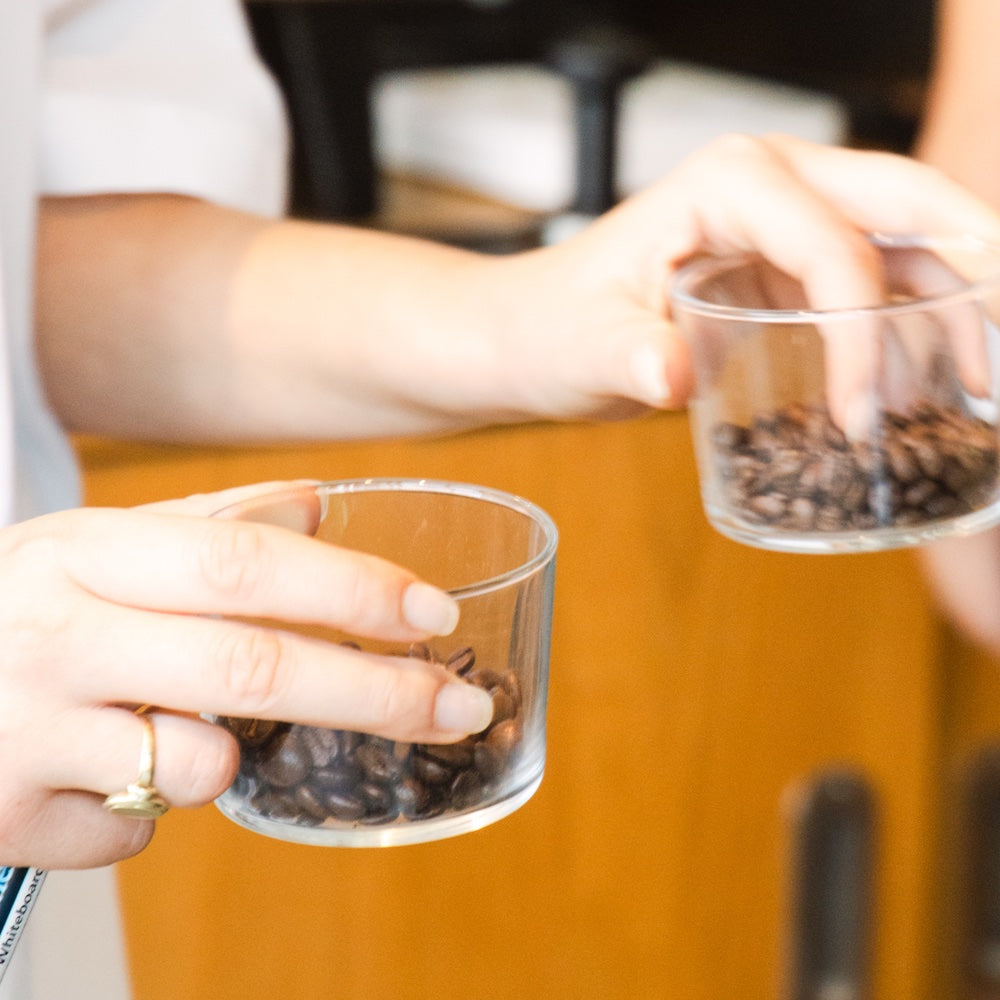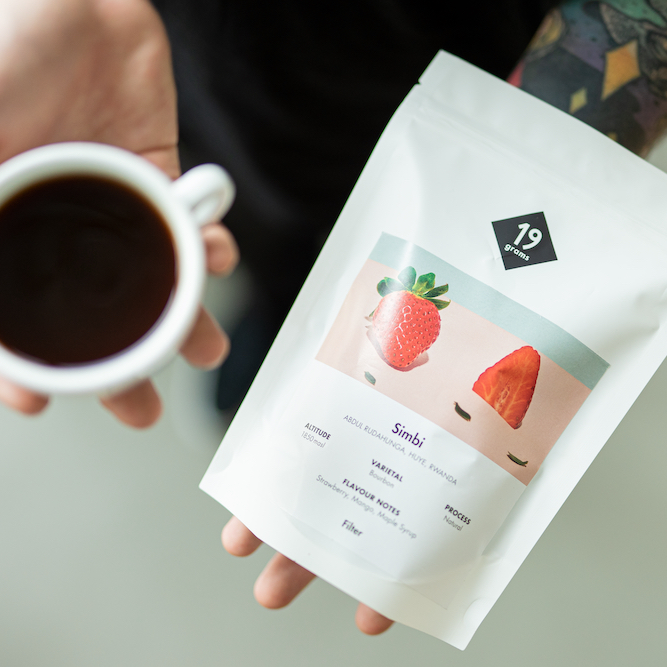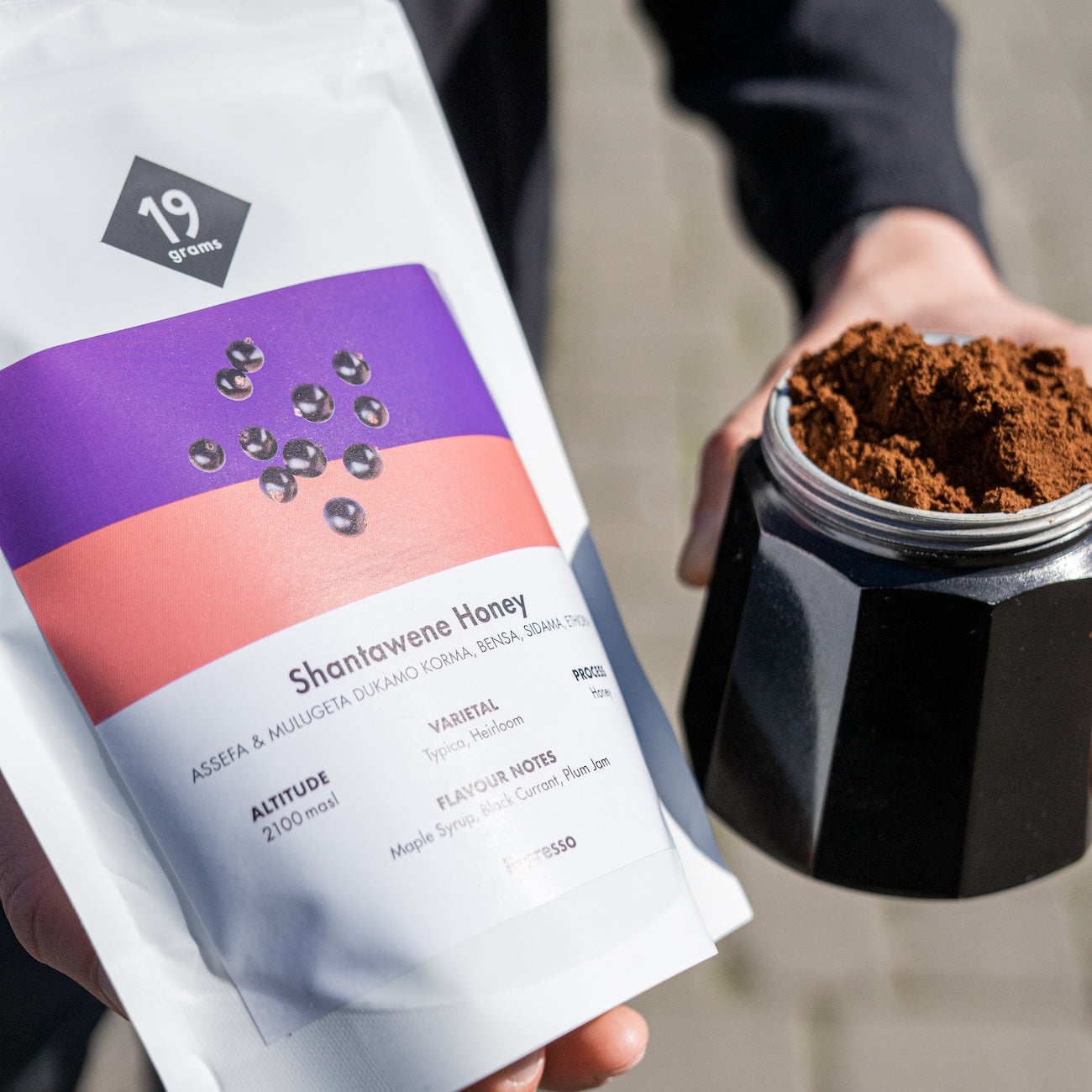Broadly speaking, coffee production consists of two varieties: Arabica and Robusta, which account for about 60% and 40% of global coffee production, respectively. They are dominant. However, this does not mean that there are no other coffee varieties. Another variety that has certainly gained prominence is Liberica.
Coffea liberica, commonly known as Liberica, is a coffee species originally from West and Central Africa. It was first commercially cultivated in 1740 by Spanish brothers in Lipa, Philippines. Since then, the bean has been cultivated in many countries around the world, especially in Malaysia, Indonesia, Guyana, and the Philippines. The trees can grow very tall (up to 20 meters) and are sometimes used as bait for coffee pests or as shade trees.
There are a few reasons why Liberica is not as popular. Liberica tends to be more expensive due to the size of the bean, the cherry-to-kilo ratio, and the rarity of its cultivation. Compared to the much more common Arabica bean, it usually takes about 10 kg of cherries to produce 1 kilogram of Liberica coffee beans, while it normally takes about 4 kg of cherries for 1 kilogram of Arabica coffee beans. This means you would need to harvest twice the amount of cherries to achieve the same kilo yield.
Another reason is the flavor profile of the beans. Coffee made from Liberica beans is not too commonly found. Along with the tendency to be sweeter than the standard coffee varieties Arabica and Robusta, it has an unusual taste that many find "off-putting." This coffee is divisive, as it can tend to taste as if the coffee has already been sweetened with sugar. The bean itself also has a lower caffeine content than its more famous counterparts and does not fare well for dark roasted beans. All these factors together create a rare, sweet, mildly caffeinated coffee that is not quite what we expect from a coffee.
On the other hand, Liberica is quite resistant to diseases and pests that regularly trouble Arabica and Robusta beans. Thanks to its considerable size, robust growth, and remarkable resistance to nematodes that can damage the roots of coffee plants, Liberica is excellent as a rootstock for grafting more sensitive coffee varieties like Arabica. In some Mexican coffee plants, the presence of Liberica roots led to an increased formation of fat-soluble aromas and an improved mouthfeel (body) of the brewed coffee, along with a noticeable increase in sweetness.
Another notable characteristic of Liberica is its immunity to Hemileia vastatrix, the coffee rust fungus that is responsible for significant losses in coffee harvests, especially in Central America. This resistance to coffee rust has sparked new discussions about the role Liberica could play in coffee cultivation. Arabica is very susceptible to high temperatures, and in the context of climate change, cultivating Liberica could provide both farmers and consumers with more diversity in coffee taste.
This year, we're trying to diversify our own range of coffees by offering a Liberica coffee at 19grams. The Berlin Winter Coffee will add a touch of the much-needed sweetness to the upcoming winter of our discontent.







